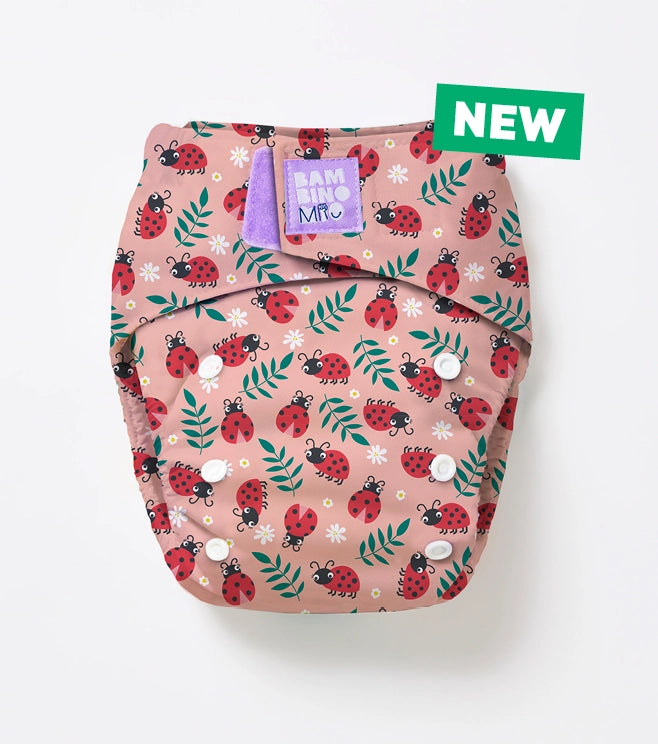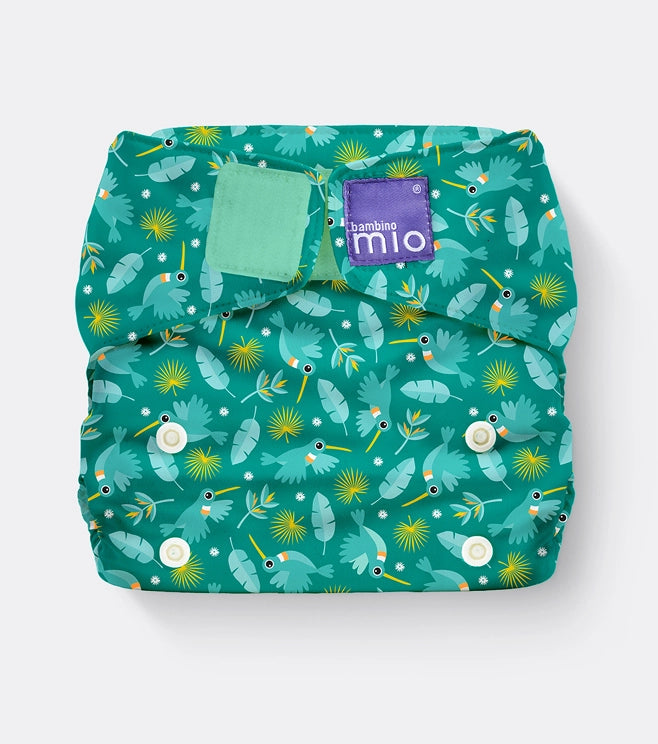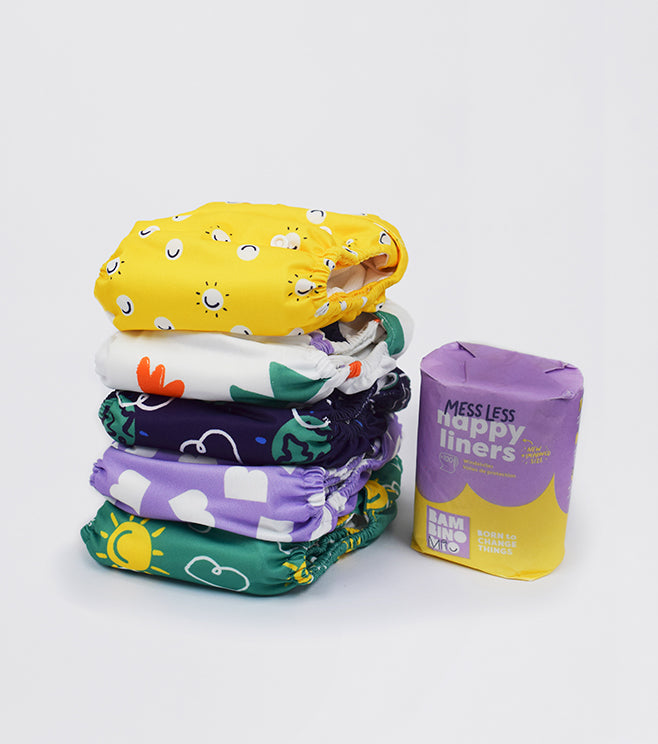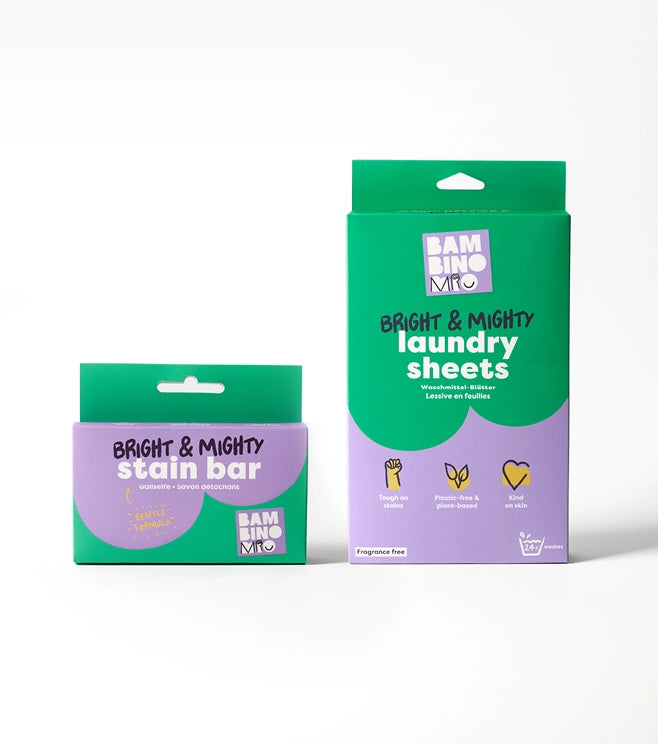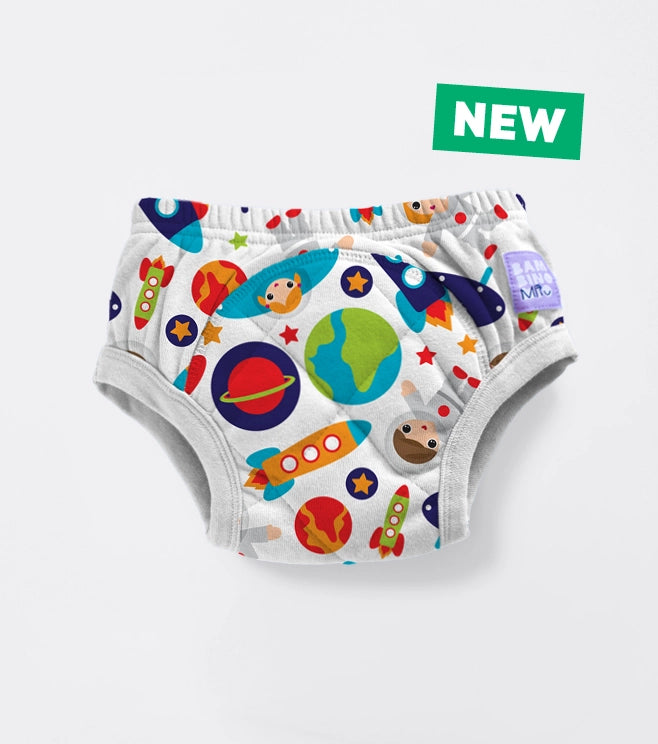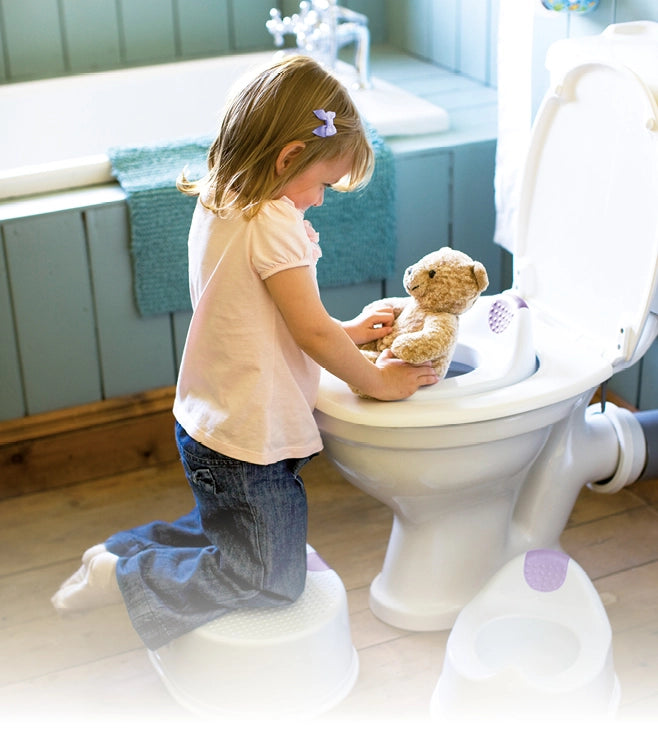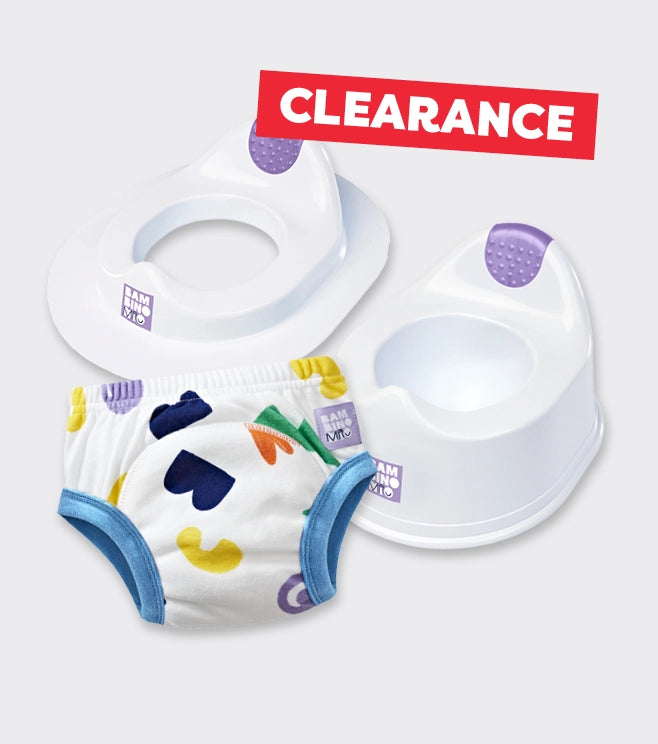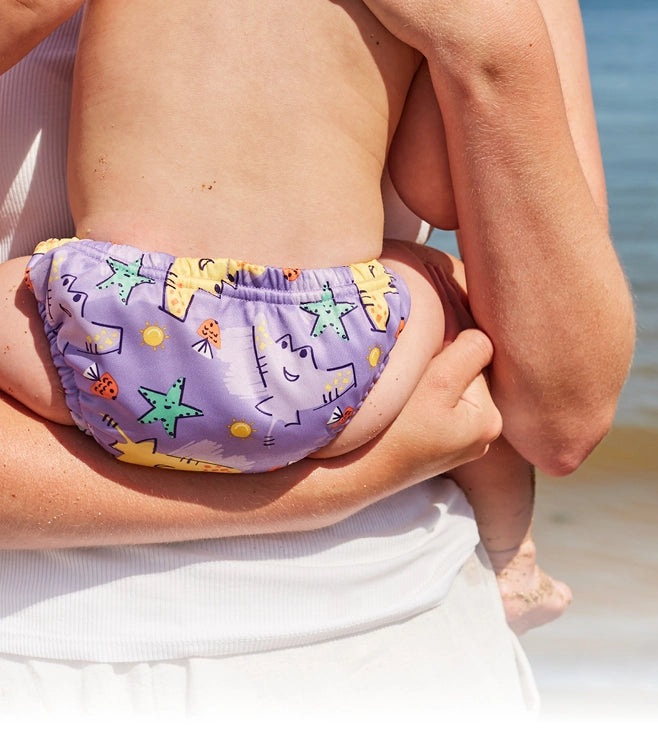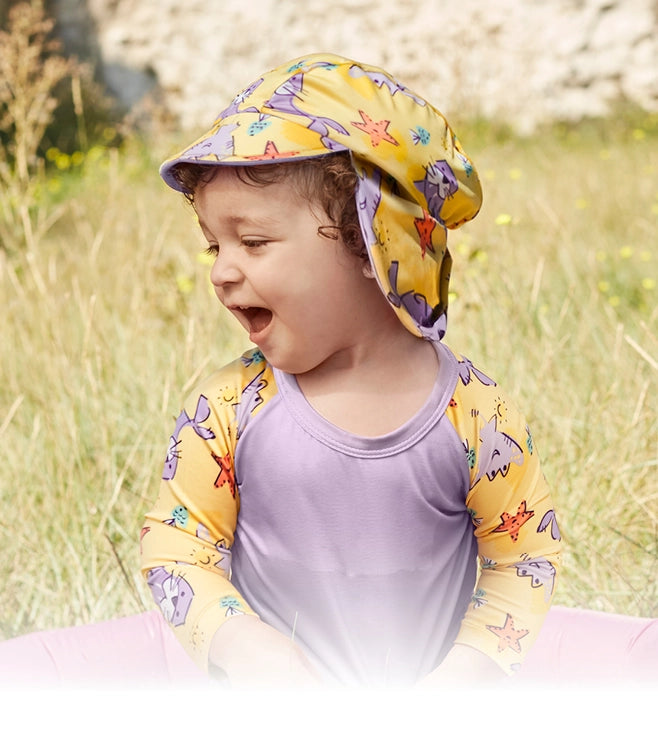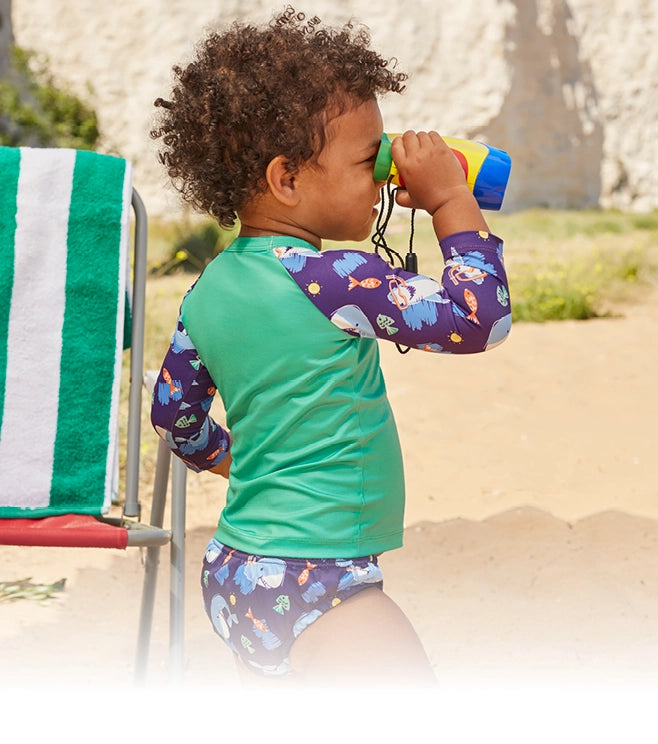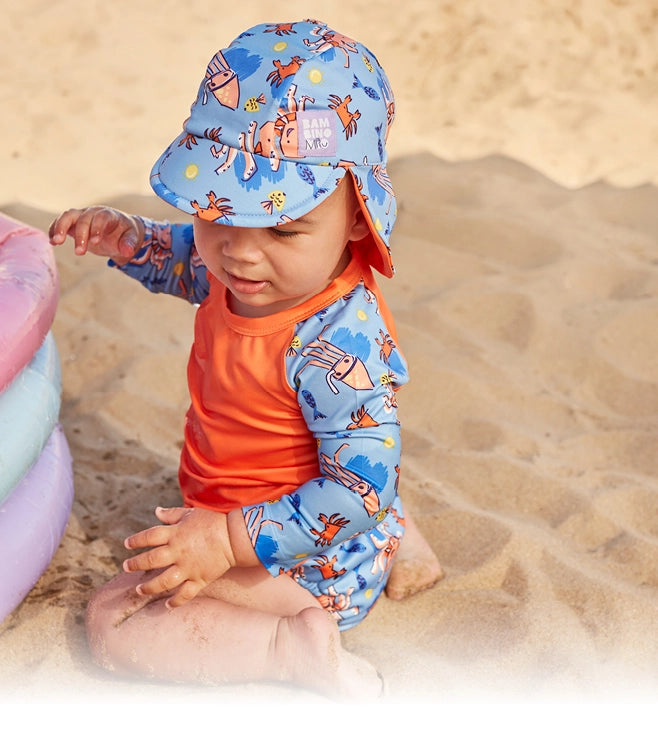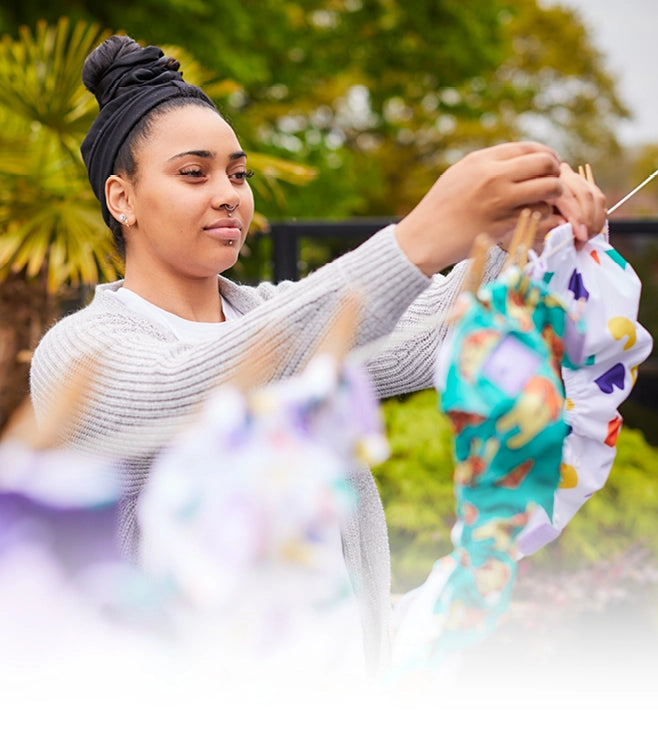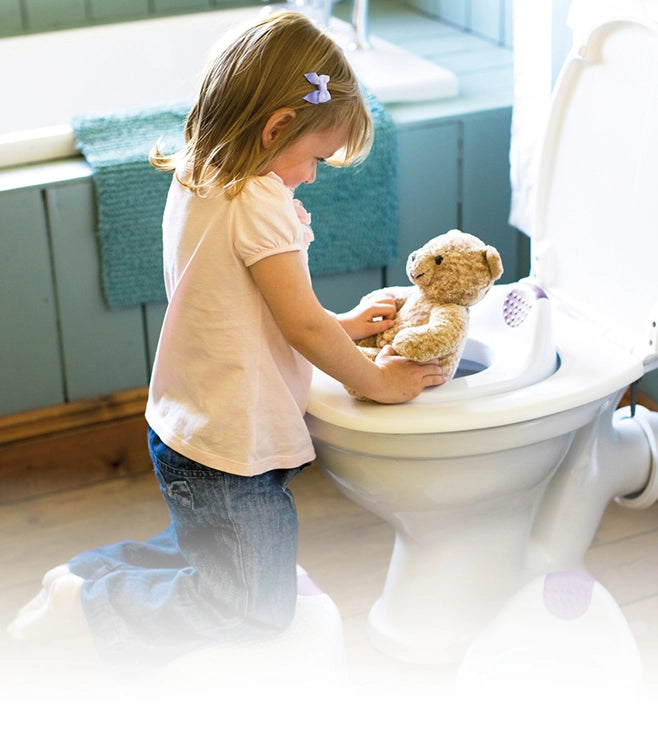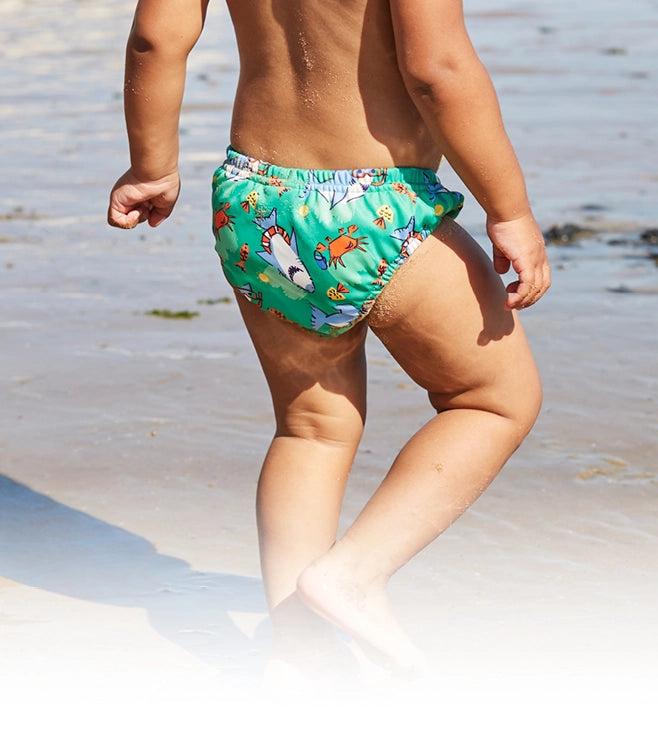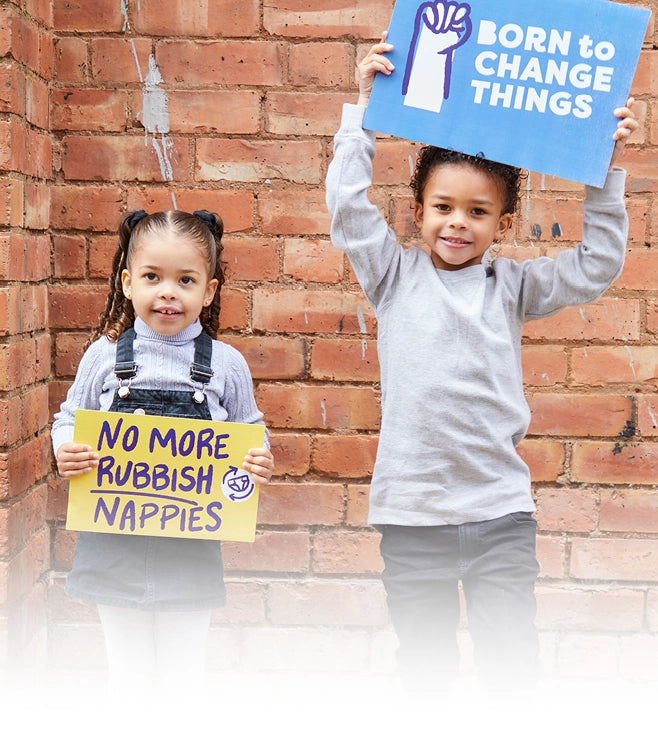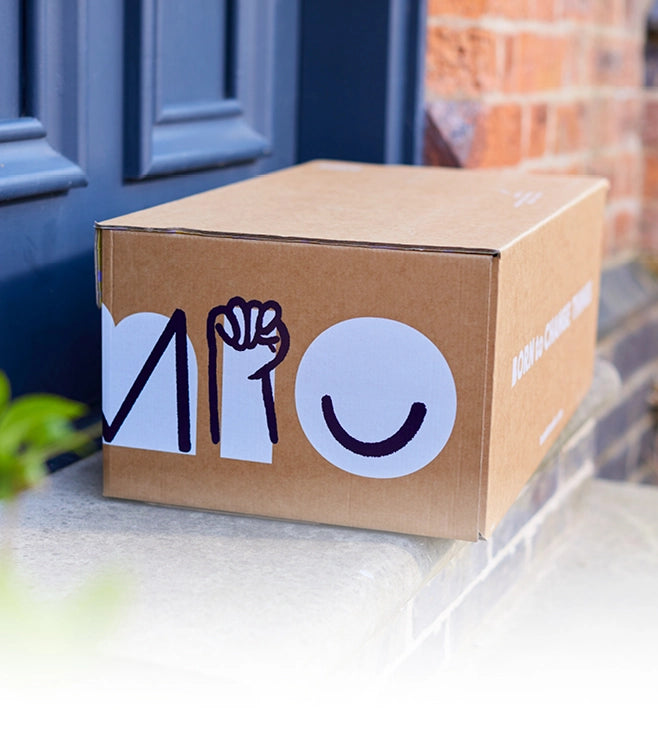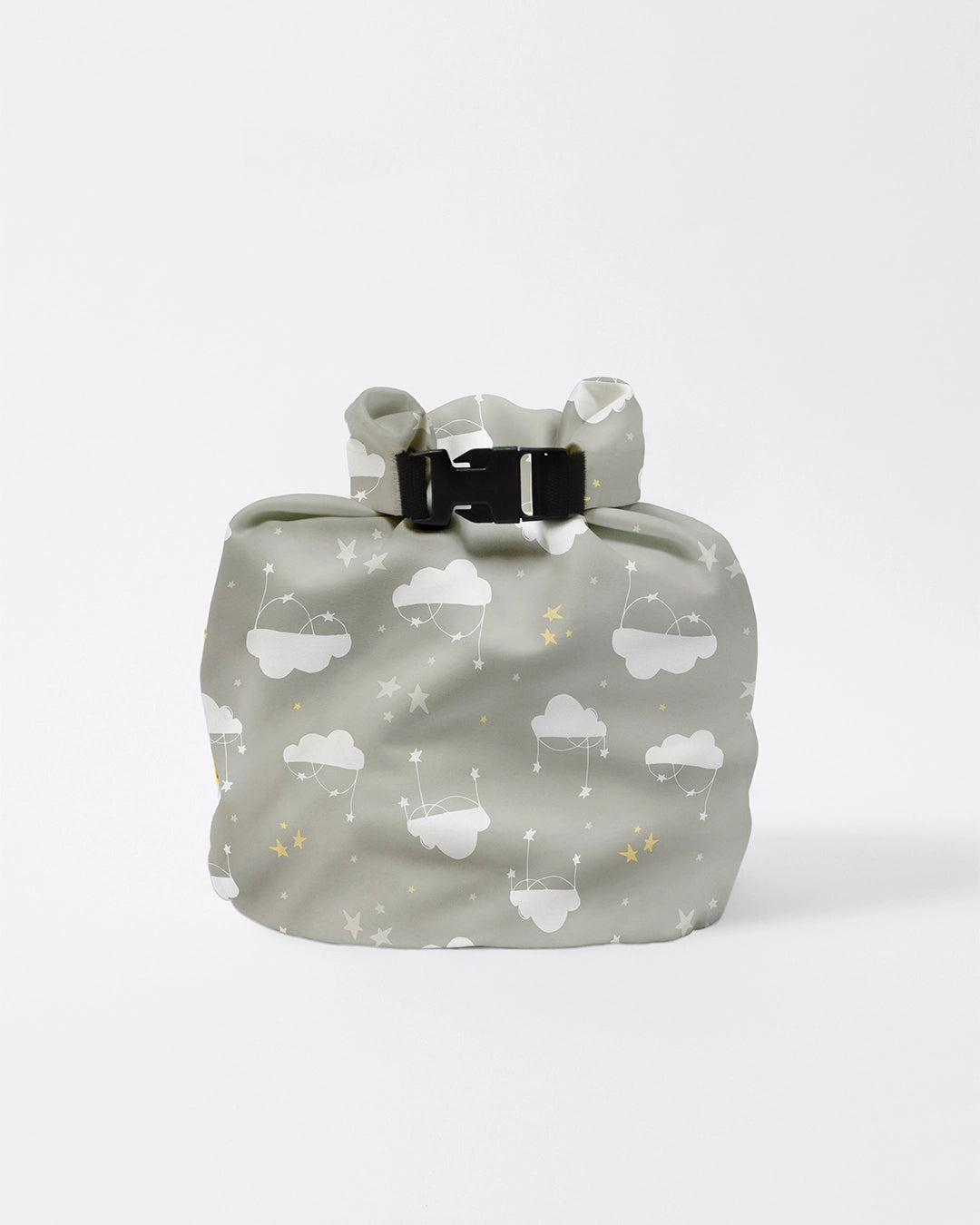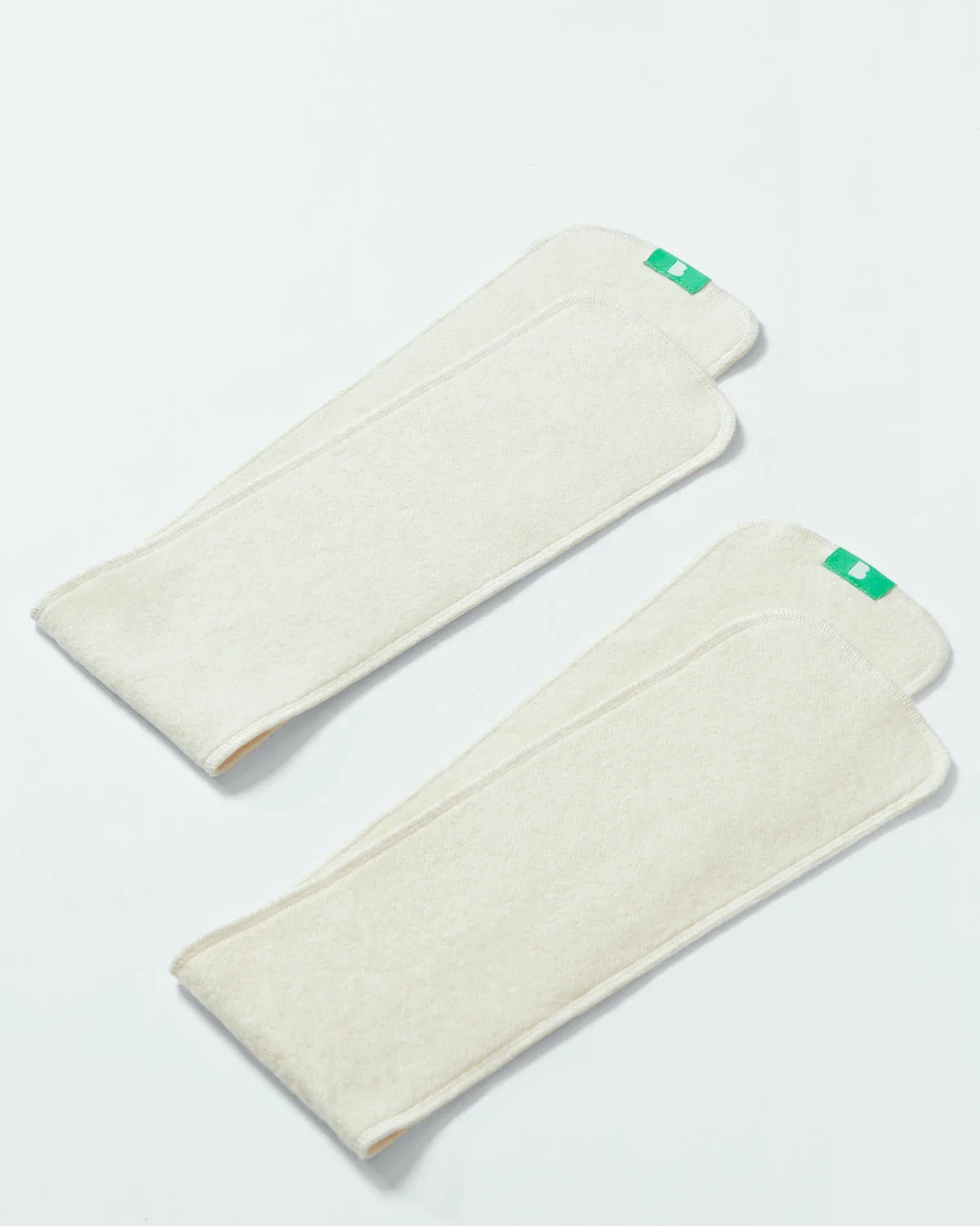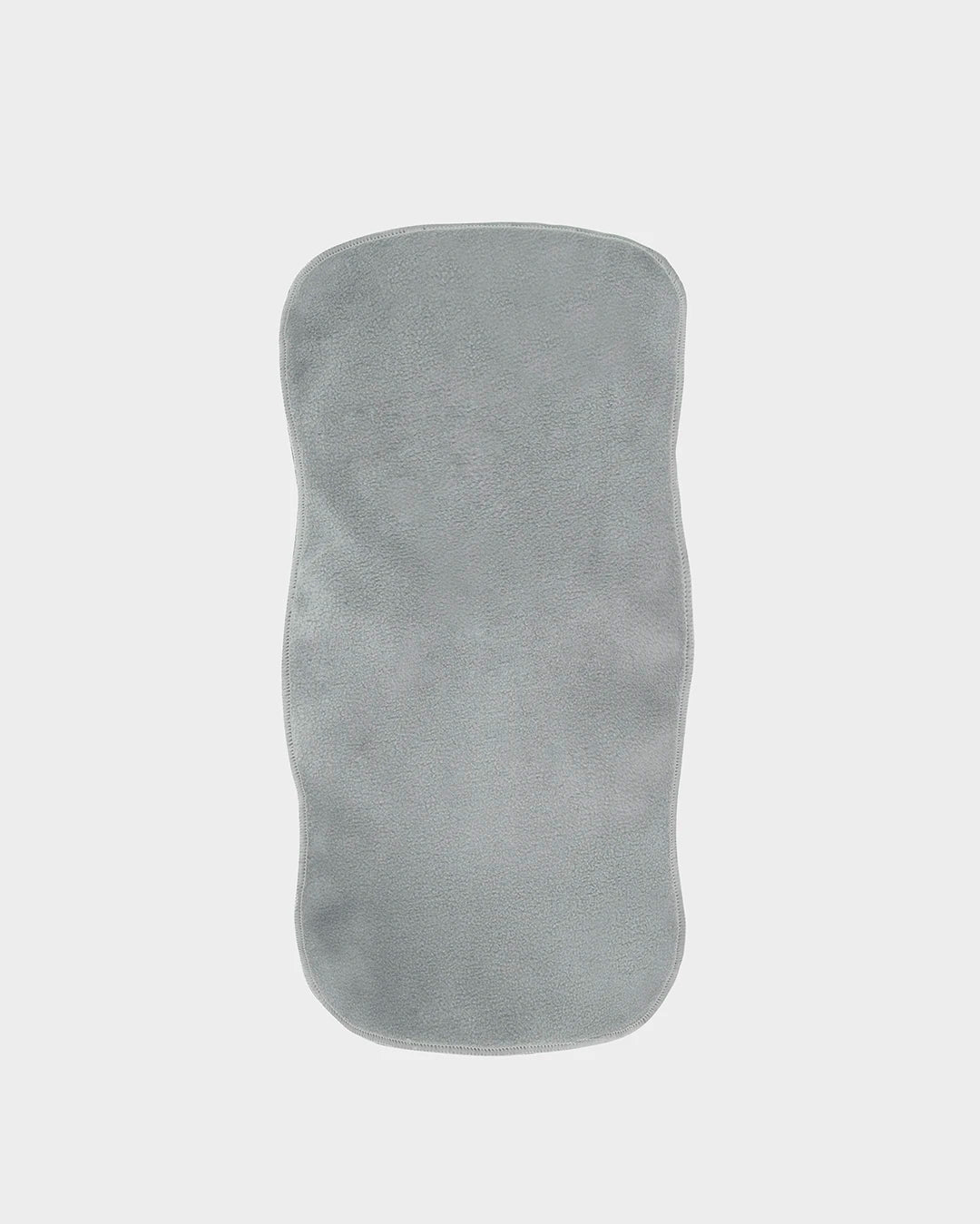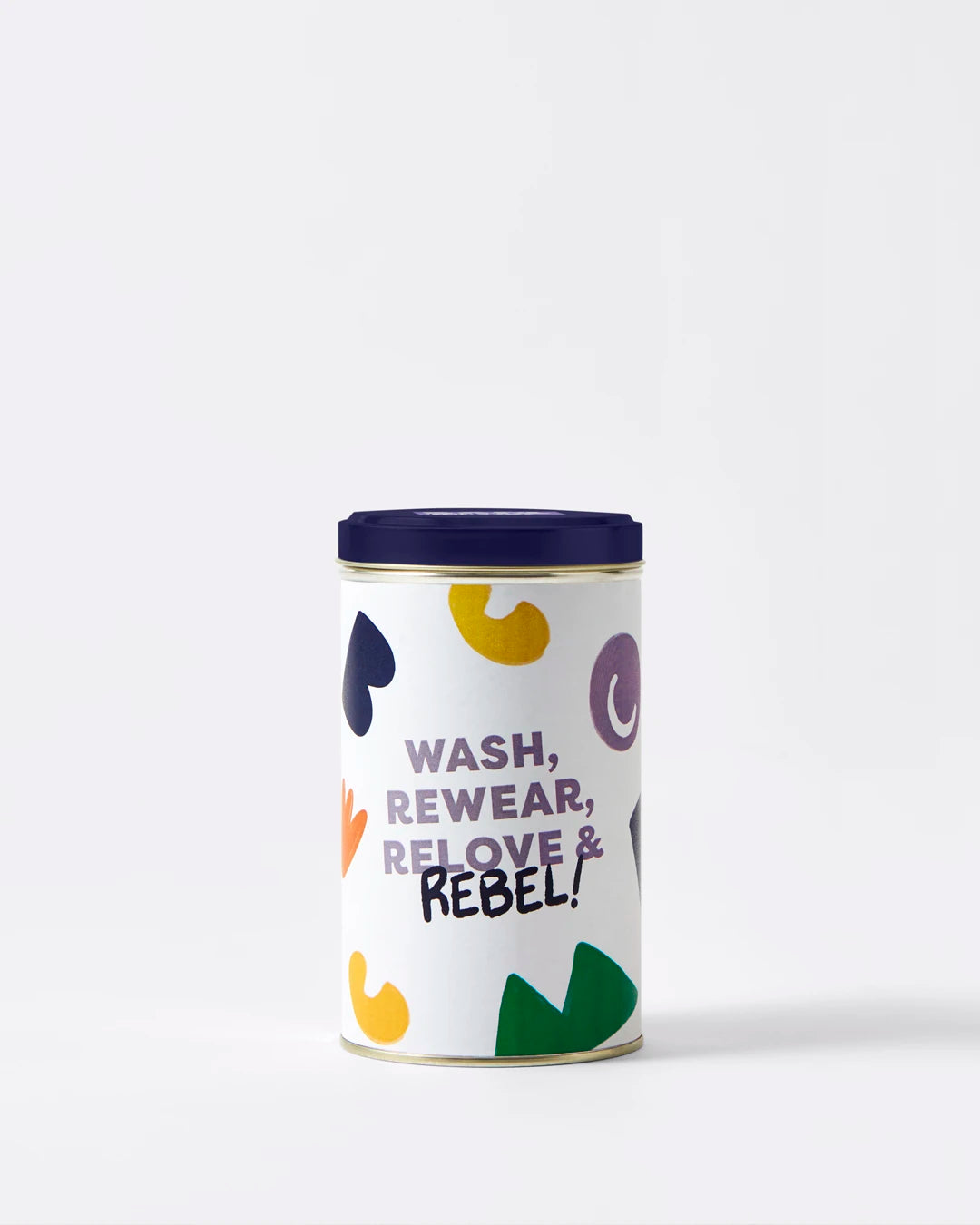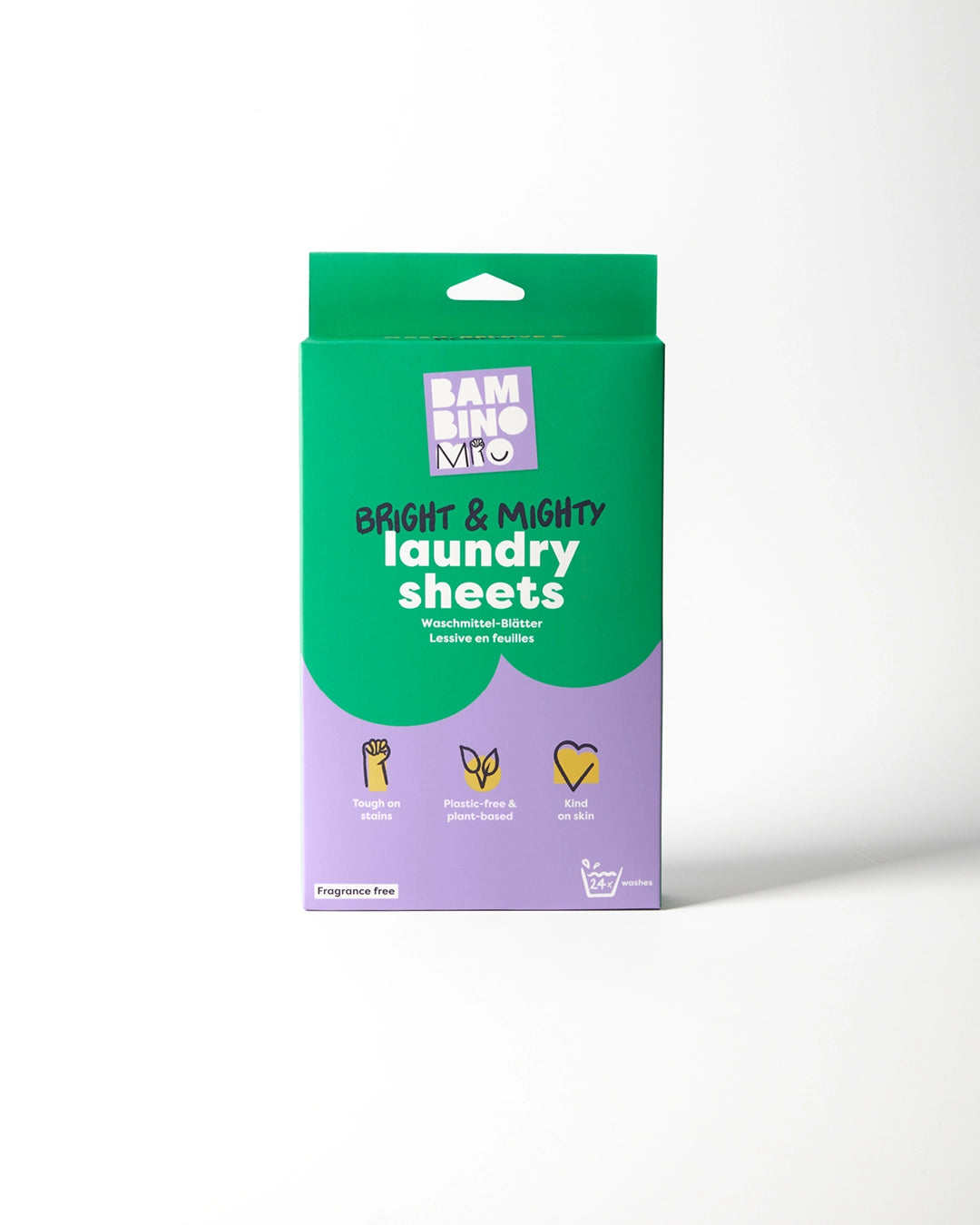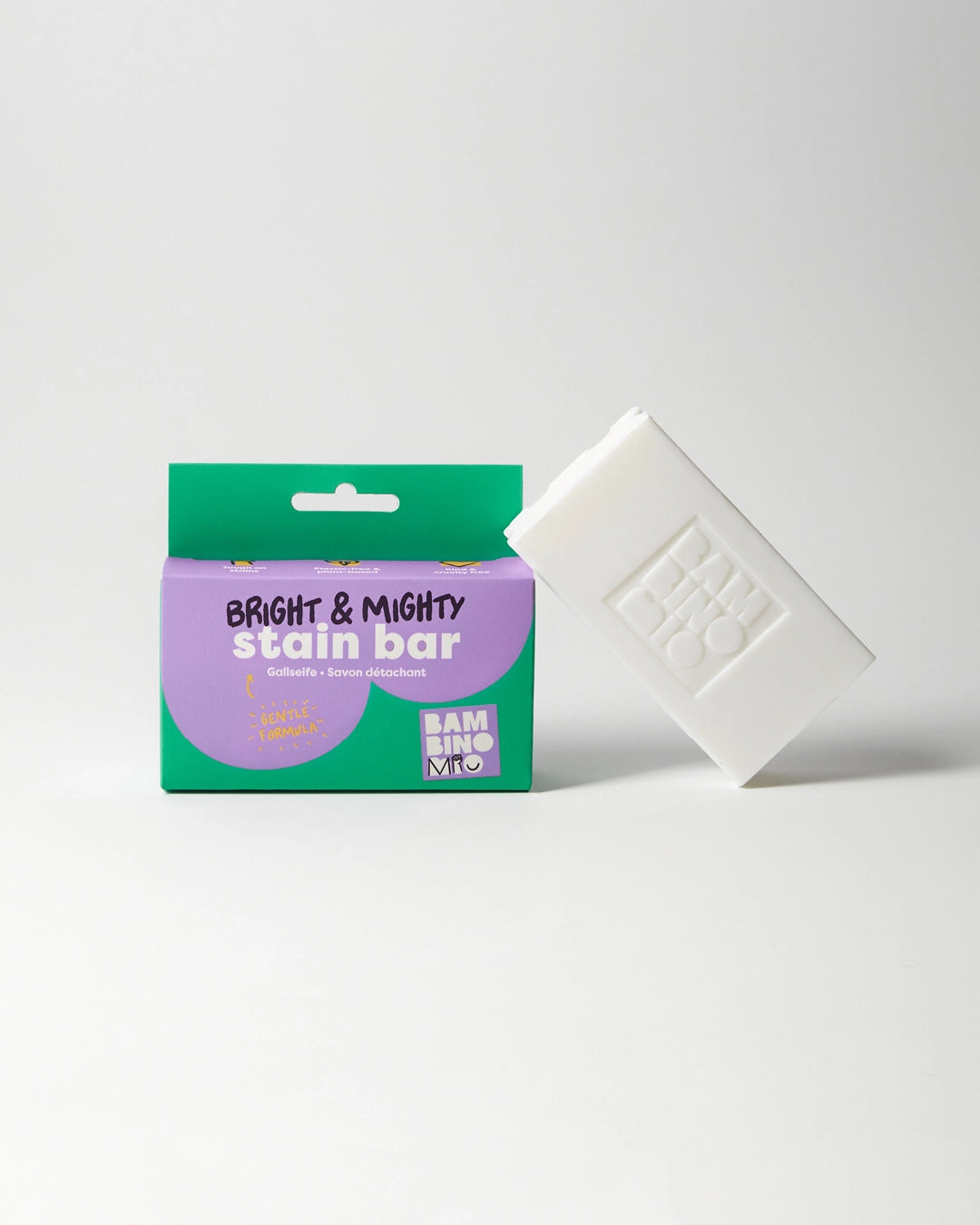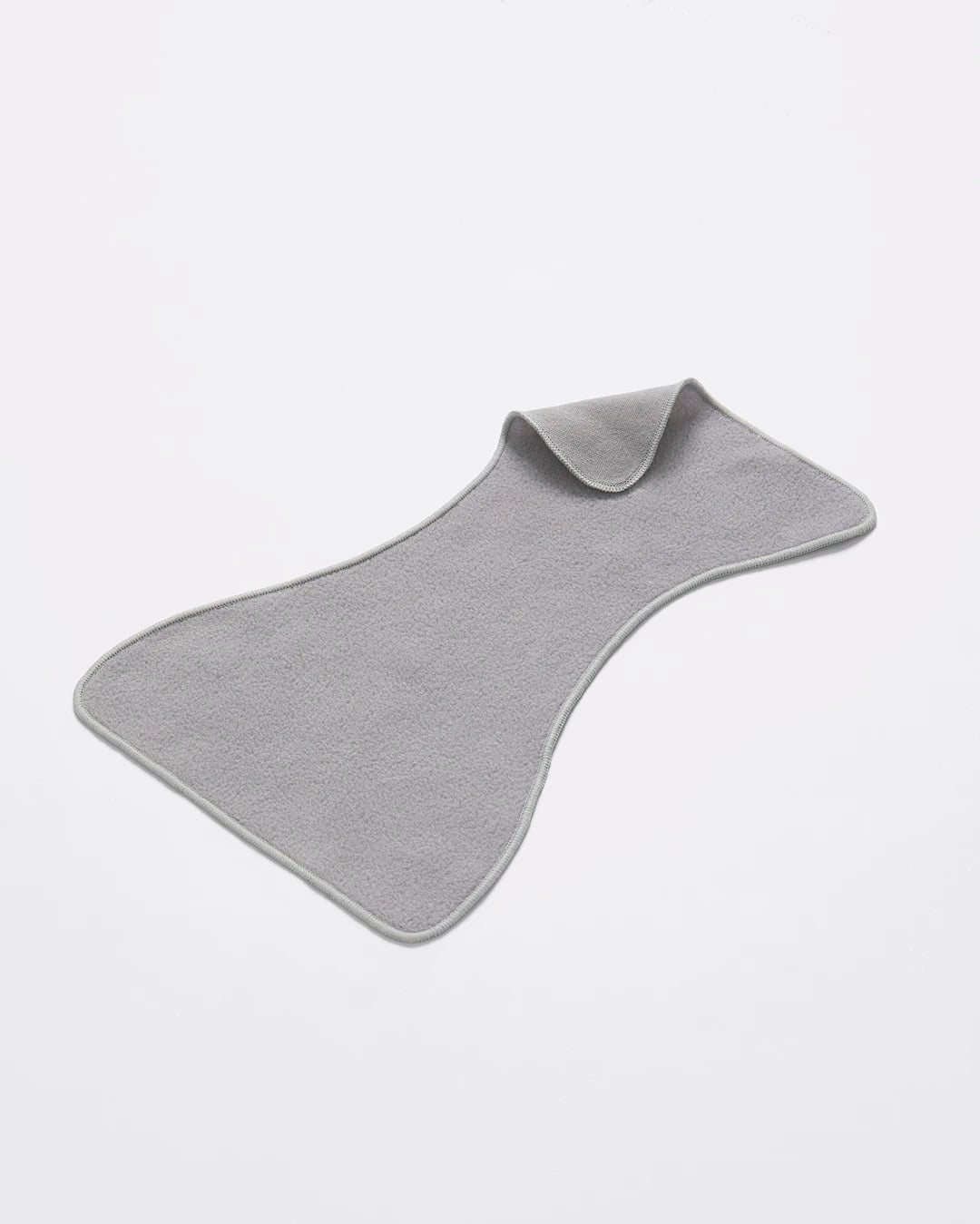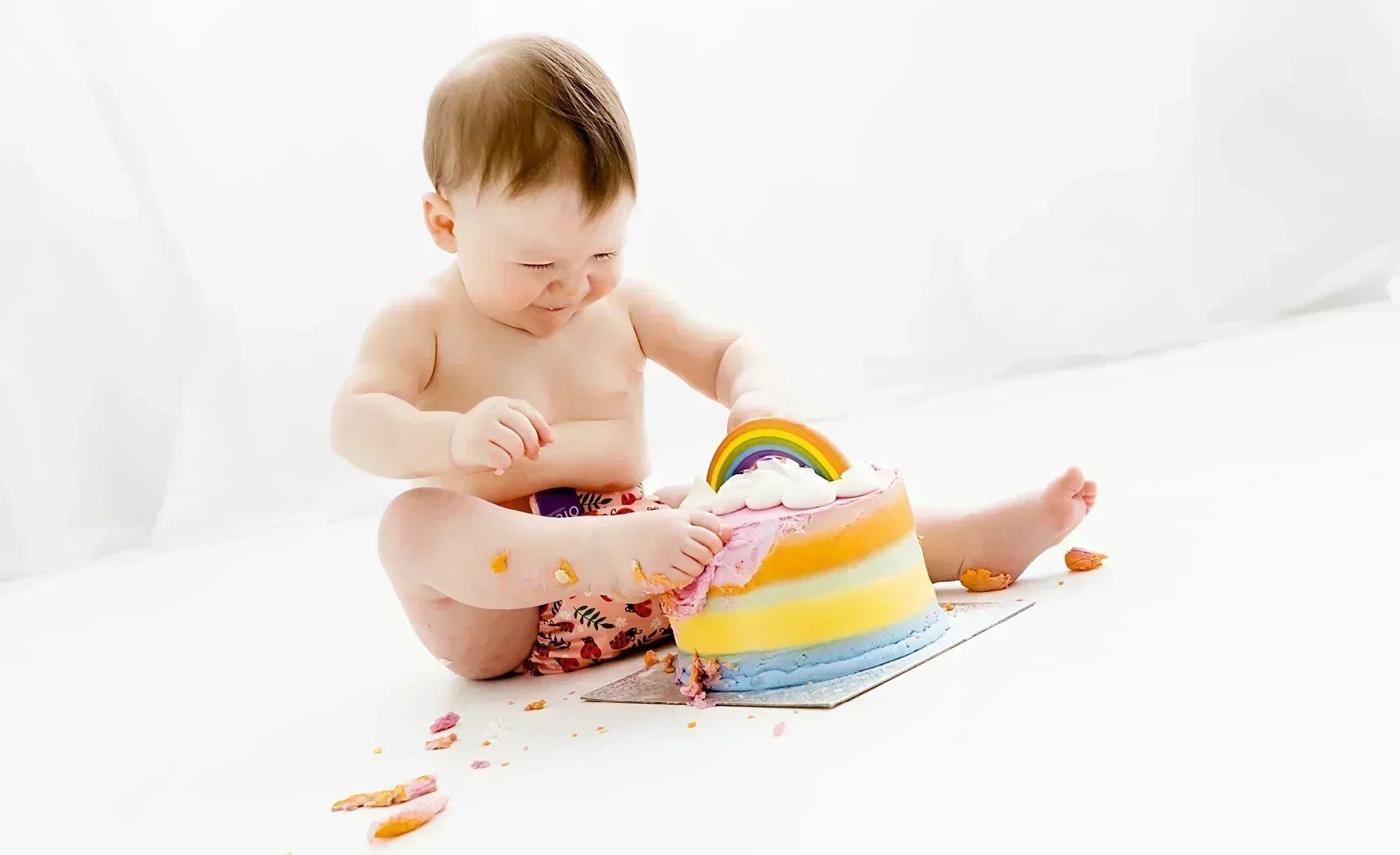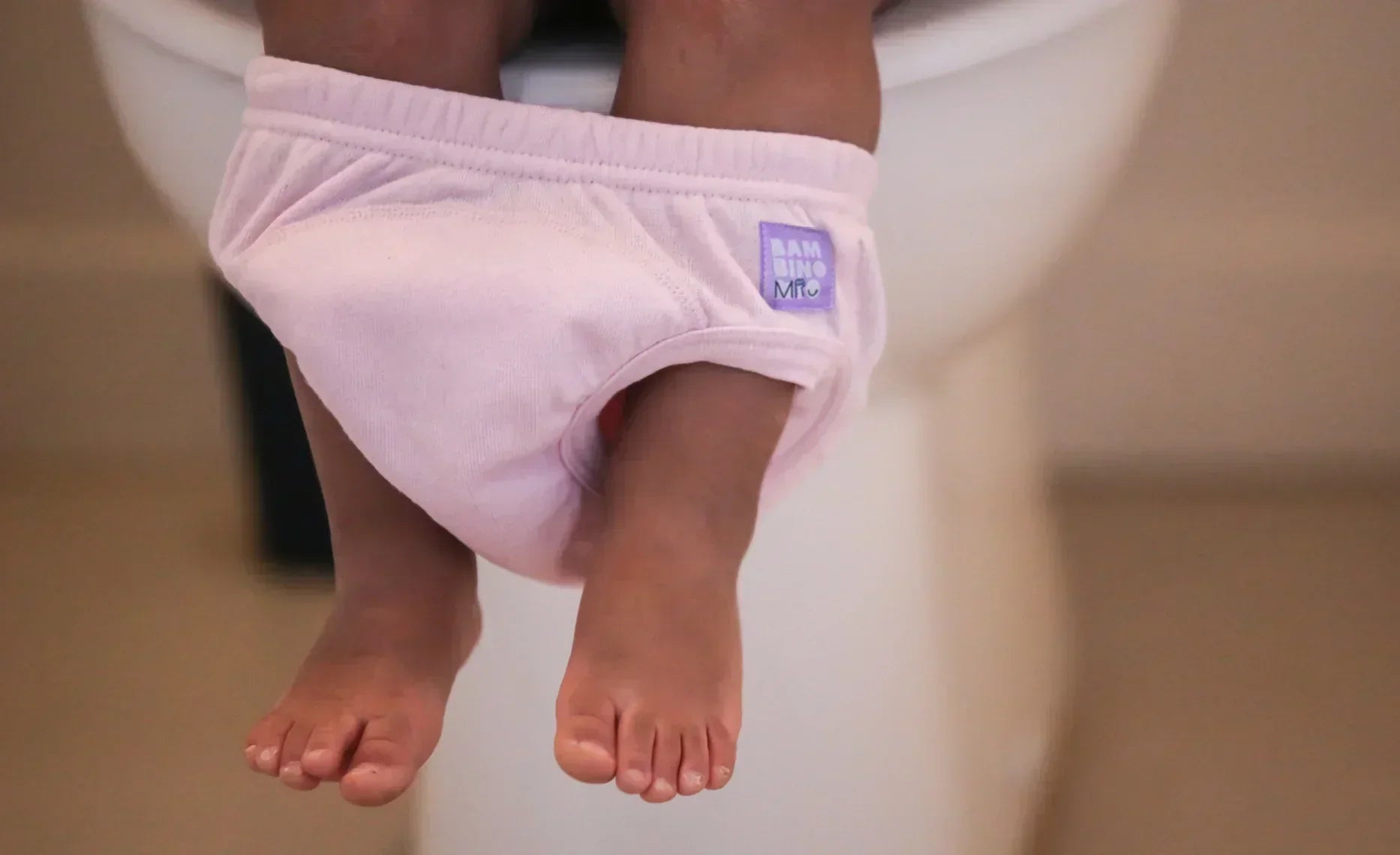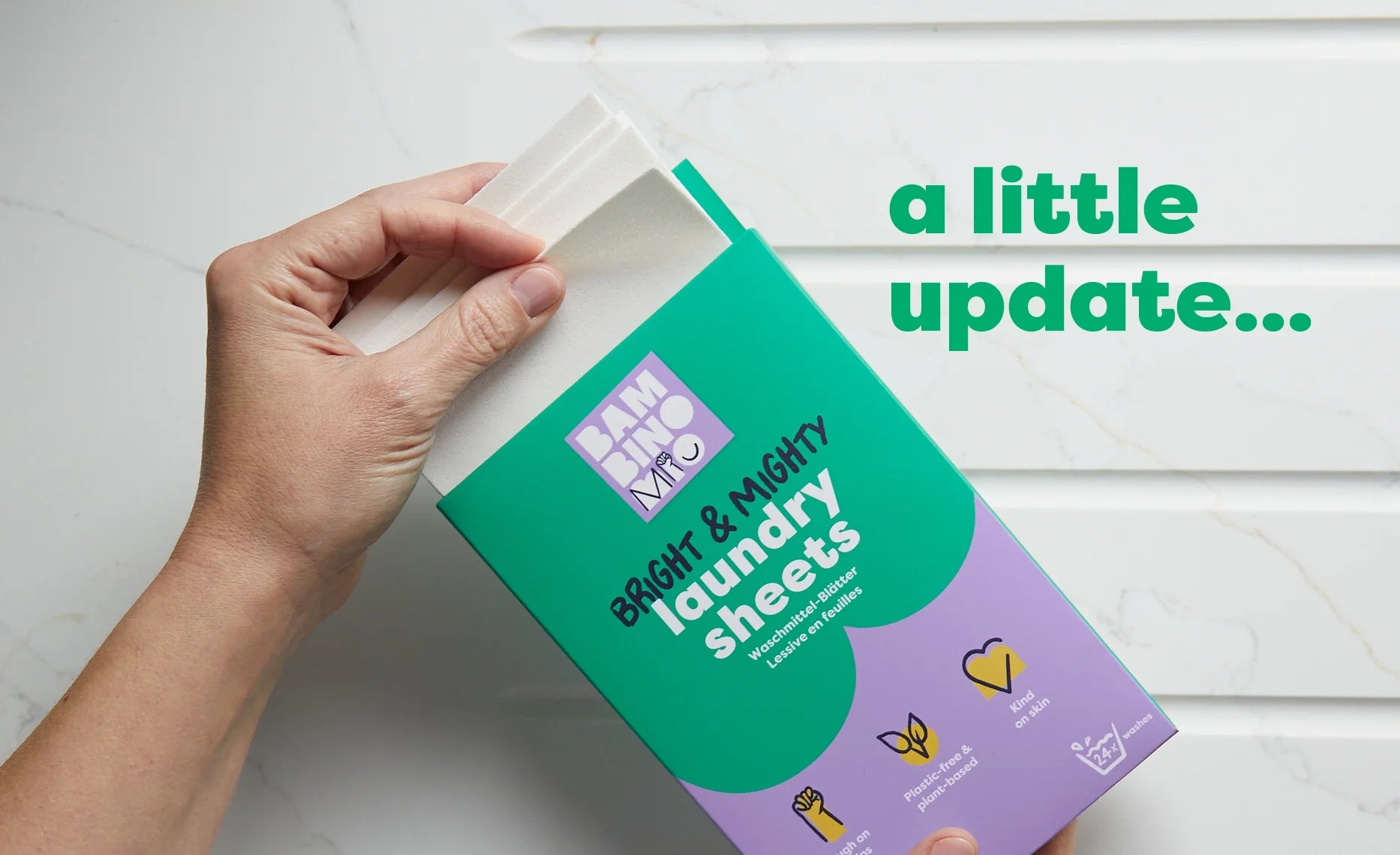Week 26 of Pregnancy | How Big is Your Baby at 26 Weeks?
Share Options
- Bambino Mio
- 28 / 06 / 2023
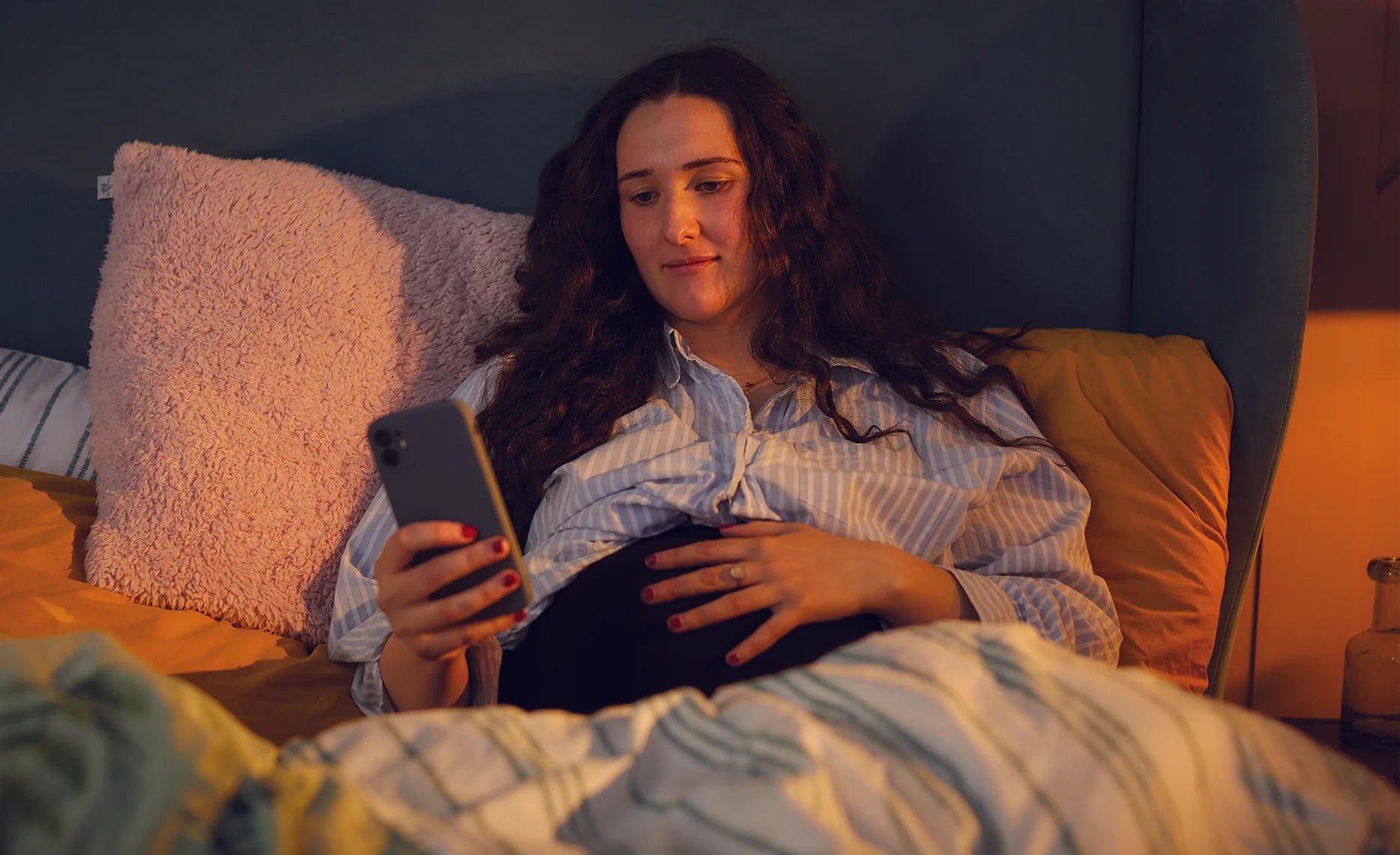
Inside this Article:
Pregnancy is a time of huge change for you, your body and your life. Our guide will help you through this amazing time, letting you know what to expect at each stage and, most excitingly, what your baby is up to each week.
Your baby is the size of a red cabbage
When you’re 26 weeks pregnant, your baby is around 33.3cm (13in) from crown to heel and their weight is steadily creeping up to a kilo, at around 900g (2lb). Their crown-rump length is around 23.5cm (9.75in) and you’re in the final week of your second trimester of pregnancy.
Baby has gorgeous eyelashes already!
Your baby’s eyes are now fully formed and he or she has visible eyelashes and eyebrows. They might start blinking at 26 weeks of pregnancy (1), although most babies wait until week 27.
Your baby is also starting to display various reflexes (2), such as the Moro (or startle) reflex, the palmar (hand) reflex and plantar (foot) grasp. You’ll get to watch them do this when they’re a newborn, too.
Week 26 of pregnancy also sees the testes of baby boys descending into their scrotum.
Your baby’s intestines are growing and maturing, absorbing more nutrients from your amniotic fluid and using newly-produced enzymes to break down sugars, proteins and fats. The waste products of this process accumulate in your baby’s bowels as meconium (3) - their first (sticky and black) poo.
How you’re feeling at 26 weeks of pregnancy
You’re almost at the end of the second trimester and into the third trimester of pregnancy - the home stretch!
By now you’ve probably found ways to deal with the typical pregnancy symptoms of this stage - Braxton Hicks contractions (4), back pain, nasal congestion (5) - and you’re feeling pretty good (even if you're permanently attached to your pregnancy pillow...).
Your baby is getting bigger every day and this can cause a bit of rib pain as your ribcage has to expand (6) to make room for them. You might also be on the receiving end of a few kicks and punches by 26 weeks of pregnancy, which might take you by surprise! Many women find a supportive bra and a belly support band helpful at this stage of pregnancy.
You might be noticing stretch marks (7) on your belly, thighs and hips by now. Up to 90% of women develop at least one or two during pregnancy, and while they can itch, they’re harmless and will fade after you’ve had the baby.
Staying healthy at 26 weeks of pregnancy
It’s around this time, between 24 and 28 weeks pregnant, that you might have a test for gestational diabetes, a form of diabetes some pregnant women develop. Your midwife will have addressed your risk of GD at your booking-in appointment and if your risk is elevated you’ll be offered a glucose tolerance test. Find out more about gestational diabetes and its treatment here (8).
Maintaining a healthy diet (9) and exercising as much as you’re comfortable with are still very important at 26 weeks of pregnancy.
If you’re feeling some rib pain, you can relieve it by doing some gentle exercise, such as stretching, and experimenting with cushions and pillows to find a comfortable position for lying and sitting. The good news is that rib pain will probably reduce when your baby’s head engages (11) at around 35 weeks of pregnancy.
What you need to think about at 26 weeks of pregnancy
As you’re almost in the last trimester of pregnancy now, your midwife and antenatal care team will be talking to you more about labour and birth. If you haven’t started on a birth plan already, it’s a good time now so that you’re prepared and you have time to research your plan more thoroughly. Find out more about birth plans and how to write yours here.
You’ve probably been adding a few baby items to your weekly shop for a few weeks by now and it’s time to step up a gear by visiting baby shows, specialist shops and bring-and-buy sales.
Check out your local noticeboards to find out about sales. Lots of primary schools hold events like these throughout the year and as well as picking up some bargains you’ll have a chance to meet other expectant parents and make some contacts.
Citations and References
(1) National Health Service (NHS). ‘Pregnancy Week by Week. You and Your Baby at 26 Weeks Pregnant.’ 2021. Web. www.nhs.uk/pregnancy/week-by-week/13-to-27/26-weeks
(2) National Institutes of Health (NIH). National Library of Medicine. ‘The Grasp Reflex and Moro Reflex in Infants: Hierarchy of Primitive Reflex Responses.’ 2012. Web. www.ncbi.nlm.nih.gov/pmc/articles/PMC3384944
(3) Cleveland Clinic. ‘Body Systems and Organs. Meconium.’ 2022. Web. my.clevelandclinic.org/health/body/24102-meconium
(4) National Institutes of Health (NIH). National Library of Medicine. ‘Braxton Hicks Contractions.’ 2022. Web. www.ncbi.nlm.nih.gov/books/NBK470546
(5) National Health Service (NHS). ‘Health Conditions A to Z. Non-allergic Rhinitis.’ 2022. Web. www.nhs.uk/conditions/non-allergic-rhinitis
(6) National Health Service (NHS). ‘Rib Pain in Pregnancy.’ 2022. Web. www.royalberkshire.nhs.uk/media/e1ufn3pq/physio-rib-pain-in-pregnancy_jan22.pdf
(7) National Health Service (NHS). ‘Common Symptoms in Pregnancy. Stretch Marks in Pregnancy.’ 2022. Web. www.nhs.uk/pregnancy/related-conditions/common-symptoms/stretch-marks
(8) National Health Service (NHS). ‘Overview. Gestational Diabetes.’ 2022. Web. www.nhs.uk/conditions/gestational-diabetes
(9) National Health Service (NHS). ‘Keeping Well in Pregnancy. Vitamins, Supplements and Nutrition in Pregnancy.’ 2020. Web. www.nhs.uk/pregnancy/keeping-well/vitamins-supplements-and-nutrition
(10) National Health Service (NHS). Keeping Well in Pregnancy: Exercise in Pregnancy.’ 2023. Web. www.nhs.uk/pregnancy/keeping-well/exercise
(11) National Health Service (NHS). ‘Better Health. Start for Life. Week 34.’ Web. www.nhs.uk/start-for-life/pregnancy/week-by-week-guide-to-pregnancy/3rd-trimester/week-34
(12) National Health Service (NHS). ‘Preparing for the Birth. How to Make a Birth Plan.’ 2021. Web. www.nhs.uk/pregnancy/labour-and-birth/preparing-for-the-birth/how-to-make-a-birth-plan
Pregnancy by Week, What to Expect


